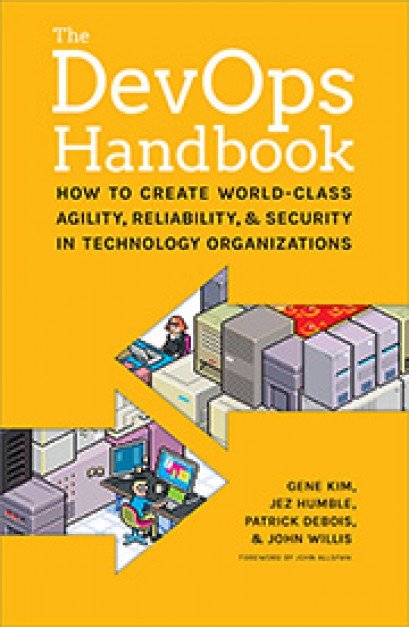13 May 2023

The evolution of technology is continuously reshaping the software development and deployment world. As modern applications become increasingly complex, DevOps engineers seek innovative solutions to manage and optimise their infrastructure. One solution is Service Mesh, a dedicated infrastructure layer that simplifies service-to-service communication, ensuring reliability, security, and observability in a microservices architecture.
This blog post will explore the exciting intersection of Service Mesh and AI (GPT-4) and the implications for DevOps teams and users of the technology
A Service Mesh infrastructure layer handles service-to-service communication within a microservices architecture. It offers several advantages, including:
GPT-4, the latest iteration of OpenAI's large-scale language models, is designed to understand and generate human-like text. As AI technologies like GPT-4 continue to advance, their integration with Service Mesh becomes more critical. By incorporating GPT-4 into Service Mesh, DevOps engineers can:
The convergence of Service Mesh and AI can disrupt multiple industries. Some of the sectors poised to benefit from these technologies include:
DevOps teams will be affected by the advancements in Service Mesh and AI technologies. DevOps engineers will benefit from the following:
On the other hand, users will experience the benefits of Service Mesh and AI in their everyday lives. These include:
The growing adoption of containerization and Kubernetes has led to an increased focus on managing microservices effectively. Kubernetes provides a powerful platform for orchestrating and scaling containerized applications but does not directly manage the communication between services.
In such scenarios, Service Mesh is vital, complementing Kubernetes by providing a dedicated infrastructure layer for handling service-to-service communication.
Key Benefits of Using Service Mesh with Kubernetes:
Incorporating Service Mesh into Kubernetes deployments enables organisations to leverage the full potential of containerized applications, improving efficiency, security, and observability while simplifying management tasks. By combining these technologies with AI and DevSecOps practices, organisations can further enhance their digital infrastructure, transforming how they develop and deploy software.
As Service Mesh and AI technologies evolve, their impact on various industries and individuals will only grow. Looking forward, we can anticipate the following:
The growing connectivity requirements in the world of applications highlight the importance of managing those connections efficiently. One such real-world example is the experience of Moderna Therapeutics. Nathaniel Reynolds, Associate Director of Informatics Architecture & DevOps at Moderna, shares insights into how Service Mesh and AI play a crucial role in the company's digital development strategy. Key Insights from Moderna Therapeutics: ● Scalable API connectivity: Service Mesh provides scalable API connectivity, allowing application teams to focus on building apps and managing end-users rather than handling the underlying infrastructure. ● Security-first platforms: Combining API gateway and Service Mesh in a single platform reduces the strategic and technical burden on developers, ensuring a security-first mindset. ● Open source platforms: By utilising open source platforms like Kong Mesh and Kong Gateway, organisations can access a broader range of tools and products, increasing adaptability and innovation. ● Portable technology: Open source, multi-cloud organisations benefit from portability, enabling them to address the growing needs of a complex business more effectively. ● Implementing fail-safes: Using an open-source platform, developers can manage retry logic directly in the mesh, improving security and resilience. ● Harnessing machine learning: AI and machine learning can automate and digitise various processes, requiring the proper infrastructure to support data-driven algorithms and API accessibility.
As the technology landscape evolves, emerging trends in Service Mesh and AI will offer new possibilities for innovation and growth:
Despite the many benefits of combining Service Mesh and AI, there are also challenges to consider: ● Complexity: Implementing Service Mesh can add complexity to an organisation's infrastructure, requiring careful planning and skilled engineers to manage it effectively. ● Performance overhead: Service Mesh can introduce a performance overhead, as additional resources are required to manage the communication between services. Organisations must balance the benefits of Service Mesh with potential performance trade-offs. ● AI ethics and privacy: As AI algorithms become more integrated into various applications, ethical considerations and data privacy concerns will play a crucial role in shaping the development and adoption of these technologies. By addressing these challenges and leveraging emerging trends, organisations can harness the full potential of Service Mesh and AI, unlocking new opportunities for innovation, efficiency, and growth.
The combination of Service Mesh and AI technologies can lead to more efficient, secure, and scalable digital infrastructures, impacting various industries and individuals.
By incorporating DevSecOps practices, organisations can ensure that security is an integral part of their development process. Real-world applications, like the example of Moderna Therapeutics, showcase the tangible benefits that Service Mesh and AI can provide when combined with a strong focus on security.
As technology evolves, emerging trends such as edge computing, serverless architectures, IoT integration, and AI-driven security will offer even more opportunities for innovation and growth. However, it is important to address the challenges associated with these technologies, such as complexity, performance overhead, and ethical considerations. By tackling these challenges and embracing the latest developments, organisations can harness the full potential of Service Mesh, AI, and DevSecOps, transforming the way we live and work.

